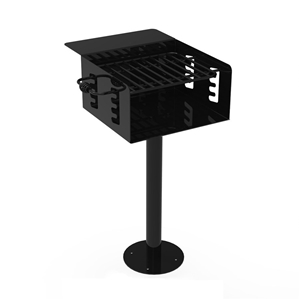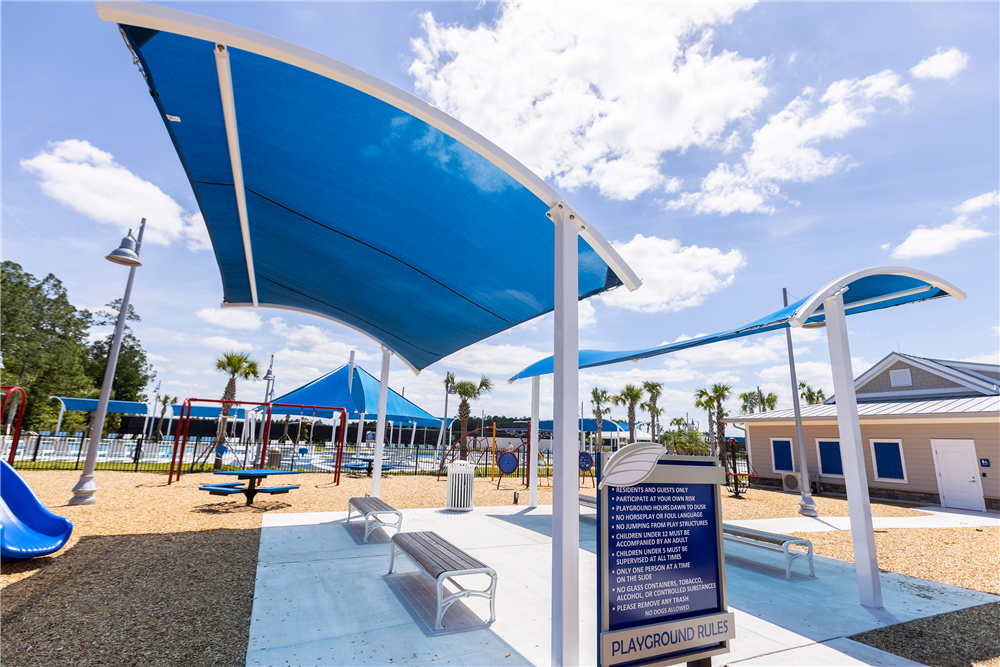.png)
How does the arrangement of furniture in parks affect visitor experience and engagement? What strategies can park management teams employ to optimize the placement and use of furniture in parks? Exploring these questions can reveal a new dimension in park visitor engagement and enhance the overall experience. In this article, we delve into the relationship
between furniture arrangement and visitor response, the psychological impact of furniture arrangement, and strategic ways to maximize aesthetics and functionality in parks. The perspectives of successful park management teams and insights into the use of technology in furniture design and placement will also be explored, providing a comprehensive overview of harnessing the power of effective park furniture arrangement.
Table of Contents
- Understanding How Furniture Arrangement Influences Visitor Experience
- The Role of Furniture in Park Visitor Engagement
- The Psychological Impact of Furniture Arrangement on Visitors
- The Connection Between Furniture Arrangement and Park Attendance
- The Power of Furniture Placement: Maximizing Aesthetics and Functionality
- Outdoor Furniture for Parks: What Works and Why
- Strategies in Implementing Effective Park Furniture Arrangement
- Insights from Top Park Management Teams
- Leveraging the Power of Technology in Furniture Design and Placement
- Essential Best Practices in Park Furniture Arrangement
Understanding How Furniture Arrangement Influences Visitor Experience
The arrangement of benches, tables, and other furniture in parks and public spaces can have a significant influence on how visitors experience and engage with those environments. A thoughtfully designed furniture layout promotes greater visitor interaction, enjoyment, and length of stay in a park. On the other hand, a poor furniture configuration can detract from the visitor experience and discourage engagement with the space.
Recent studies have utilized methods like virtual reality experiments, stated choice surveys, and logistic regression models to quantitatively analyze how factors like furniture clustering and distribution impact park visitors. The findings provide valuable insights for urban planners and landscape architects seeking to optimize public spaces for human use.
The Role of Furniture in Park Visitor Engagement
Public furniture like benches, tables, and waste bins serve important practical functions for park visitors. However, the physical layout and visual arrangement of these objects also influence psychological factors like perceived safety, social dynamics, and environmental preferences.
For example, visitors tend to feel more secure in spaces with open visibility and multiple seating areas they can choose from. Clustered furniture arrangements with a clear focal point also facilitate social interactions between visitors. Layouts that obstruct visibility or limit seating choices can inadvertently isolate visitors and reduce engagement.
The Psychological Impact of Furniture Arrangement on Visitors
How furniture is positioned in a public space impacts visitors on a cognitive level, influencing comfort, enjoyment, and length of stay. For instance, a high bench density with clustered seating arrangements tends to increase the time visitors spend in a park and their overall ratings of the experience.
Conversely, sparse furniture distribution with isolated benches can cause visitors to perceive the environment as uninviting. This leads to minimal engagement and faster exit rates. Understanding these psychological dynamics allows planners to craft furniture layouts that positively shape the visitor experience.
The Connection Between Furniture Arrangement and Park Attendance
Thoughtfully arranged furniture can draw more visitors to a park and encourage repeated attendance. Layouts with multiple seating clusters foster social activity, creating a lively atmosphere that attracts people. Safe visibility with clear sightlines also increases perceived security, making the park seem more welcoming.
In contrast, a park with an off-putting furniture layout can struggle to attract visitors. Limited seating options and obstructed sightlines create a barren feeling that fails to draw people in. Analyzing the link between furniture and attendance provides valuable insights for maximizing the usage and popularity of urban green spaces.
The Power of Furniture Placement: Maximizing Aesthetics and Functionality
.png)
The layout and placement of furniture in parks can significantly impact visitor engagement and enjoyment. Careful thought should go into determining optimal furniture configurations to create an inviting atmosphere that encourages prolonged stays.
When designing park furniture layouts, the overall aesthetic effect should be balanced with practical considerations. Furniture clusters create intimate spaces for small groups to gather. Multiple tree clusters throughout the park provide areas of shade and refuge while opening sightlines to views and landmarks.
Research shows that park visitors are more likely to engage with well-defined furniture arrangements that facilitate specific activities. A recent immersive VR experiment found that study participants spent more time in park designs with furniture grouped into multiple clusters compared to open lawns with sparse seating arrangements.
Outdoor Furniture for Parks: What Works and Why
Outdoor furniture must be durable, low maintenance, and weather resistant. Metal or recycled plastic are better choices than wood, which requires frequent upkeep in outdoor conditions.
Movable chairs are preferable to fixed benches to allow flexibility in arrangements. Chairs with arms and backs increase comfort while tables enable productivity. Ample waste receptacles cut down on litter.
Safety and accessibility are top priorities. Furniture with rounded edges reduces injuries. ADA-compliant picnic tables allow wheelchairs to roll underneath. Ample walkways between arrangements prevent tripping hazards.
Signage explaining proper use guides furniture designed for specific activities like chess tables. Anchor furniture when possible to prevent theft and vandalism.
Parks should have designated areas tailored to different activities. Fitness zones have durable exercise equipment and water fountains. Quiet zones have secluded seating for reading. Playgrounds have resilient, non-toxic equipment on soft surfaces with nearby benches for supervision.
Partnerships with local artists can lead to custom-designed furniture that reflects community character. Etched stone tables or colorful mosaics on bench backs incorporate local flair.
Sustainable materials minimize environmental impact. Locally sourced lumber avoids shipping. Reclaimed wood gives new life to old materials. Recycled plastic lumber diverts waste from landfills.
Regular maintenance is key for longevity. Inspect for damage after storms. Tighten hardware as needed. Power wash to remove grime and re-coat metal surfaces to prevent rust. Replace deteriorated wood and faded fabric.
Parks are vital community assets that support public health, social connection, and contact with nature. Thoughtful furniture placement and selection improve park experiences for all users, boosting engagement and satisfaction.
Strategies for Implementing Effective Park Furniture Arrangement
Insights from Top Park Management Teams
.jpg)
Park furniture arrangement plays a crucial role in optimizing visitor engagement and promoting wellbeing. According to leading park management experts, strategic placement of benches, tables, waste bins, and other amenities can greatly impact how people experience public green spaces.
Strategic furniture placement also facilitates safety and maintenance. "We design clear sightlines and lighting to cover seating areas. Placing receptacles near benches reduces litter," notes Rhonda, a longtime parks director.
Leveraging the Power of Technology in Furniture Design and Placement
Advances in technology offer exciting ways to enhance park furniture placement. Immersive VR experiments allow testing layouts digitally before installation. Park managers can also leverage data to inform decisions.
Digital simulations model sun exposure over time, indicating where shade is needed. Sensors provide real-time occupancy rates for benches, signaling when additional seating may be warranted.
"Although technology assists us, on-the-ground observation still plays a key role," Neil emphasizes. "People's behavior provides insights we can't glean digitally."
Essential Best Practices in Park Furniture Arrangement
Experts recommend core strategies for furniture placement in parks and public spaces:
- Provide ample, varied seating dispersed throughout the area. Benches located every 100-200 feet ensure resting points.
- Cluster benches where people congregate, like playgrounds or sports courts. Face some benches toward views or focal points.
- Consider demographics and needs in seating choices. Accommodate seniors, people with disabilities, and caregivers with strollers.
- Use furniture to define spaces and direct flow. Place benches perpendicularly along paths to indicate resting areas.
- Allow clear sightlines from seating to play areas, trails, and artworks. This enhances safety and engagement.
- Position waste bins near seating to make disposal convenient. People are less likely to litter if receptacles are readily accessible.
- Evaluate arrangements regularly and adapt based on changing usage patterns. Seek input from park users to guide adjustments.
Thoughtful park furniture placement, informed by community needs, usage data, and expertise, can profoundly enrich the visitor experience.















































































































Leave your comment